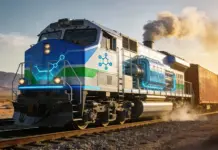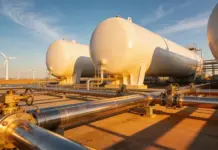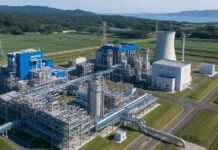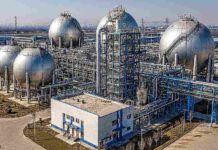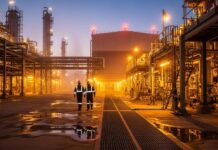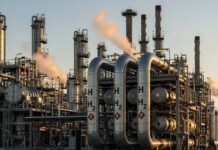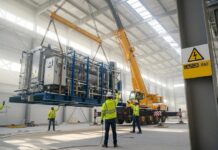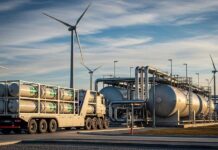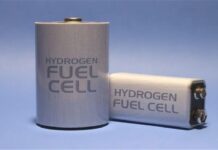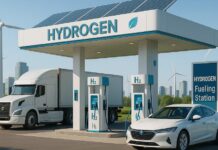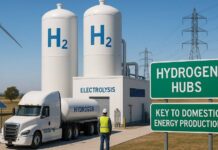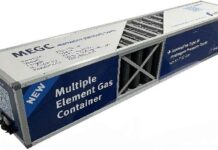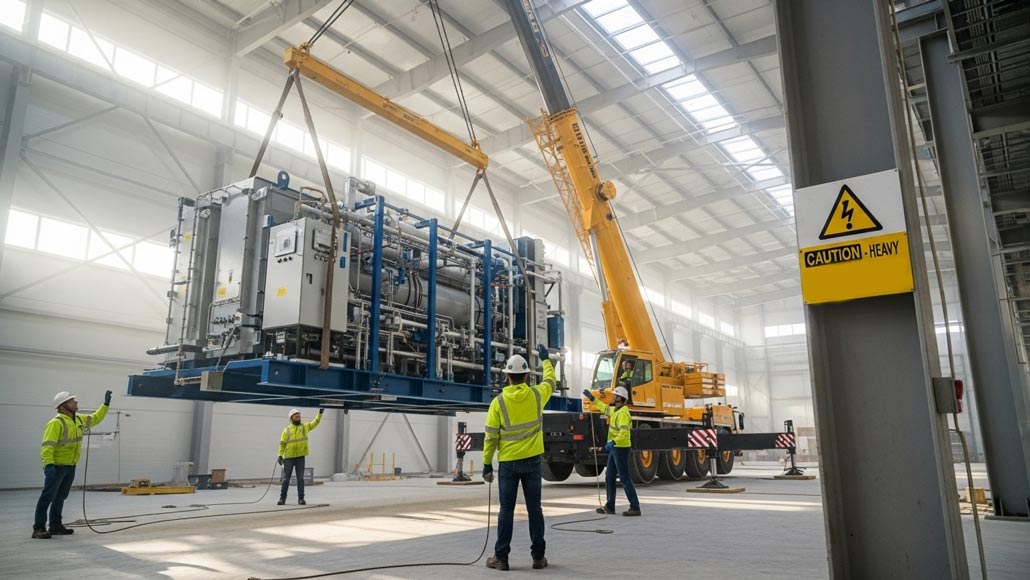As the world speeds up its transition towards sustainable energy, hydrogen happens to emerge as a crucial enabler when it comes to decarbonization throughout various sectors. Its potential in order to serve as a clean fuel, raw material, and also an energy storage solution is broadly recognized by industries, policymakers, and even investors. But unlocking the full potential of hydrogen happens to depend on developing strong infrastructure and overcoming prominent supply chain barriers. The complexity of establishing a comprehensive hydrogen spectrum, which spans production, storage, utilization, and transportation, happens to possess technical, regulatory, and economic hurdles.
The crucial role when it comes to infrastructure, as far as hydrogen rollout is concerned
In order to facilitate a sustainable hydrogen economy, infrastructure has to evolve so as to support the widespread production and distribution as well as usage. This happens to include electrolysis plants that are powered by renewable energy, storage facilities, pipelines, and fuel stations, as well as conversion hubs. The development of such infrastructure is necessary in order to achieve scale, decrease expenditures, and also make sure of a dependable supply.
In spite of the technological advancements within hydrogen production as well as utilization, the present infrastructure still remains limited as well as fragmented. Most of the existing facilities focus on niche applications predominantly within the research or pilot projects, with only a few full-scale commercial hubs. Expanding this kind of network needs a substantial investment of capital, planning that is very strategic, and also cross-sector partnerships.
Hydrogen infrastructure and supply chain challenges
A major obstacle happens to be the disparity in infrastructure readiness throughout regions. There are developed technologies that are making strides in rolling out hydrogen corridors as well as refuting stations. But on the other hand, there are emerging markets that face infrastructural deficits, uncertainties regarding regulations, and also financial issues.
– Production and storage barriers
Hydrogen production methods range from grey and blue to green hydrogen, and each comes with distinct infrastructure needs and challenges. Green hydrogen, which is derived from fossil fuels, is at present the most economical but also a high-carbon-footprint option. Blue hydrogen, on the other hand, incorporates carbon capture and storage (CCS) and is an intermediate solution. Green hydrogen, which is produced by way of renewable-powered electrolysis, is the most sustainable of all but also faces scale along with expenditure barriers.
In order for green hydrogen to become economically viable, large-scale electrolysis capacity has to be developed along with renewable energy infrastructure. One of the major barriers involves the intermittency when it comes to renewable sources, which affects the balance as well as efficiency of electrolysis plants. Energy storage systems along with grid integration solutions have to be scaled alongside electrolyzers in order to ensure a constant supply.
Apparently, hydrogen must also be stored safely as well as efficiently. Present storage solutions include high-pressure cylinders and liquefied hydrogen tanks, as well as underground geological formations.
Each one of them happens to present barriers in terms of cost, safety, and technical feasibility. For instance, hydrogen needs intricate refrigeration technology and happens to have higher energy losses during liquefication as well as regasification.
– Transport along with distribution intricacies
Efficient transportation is necessary in order to build a resilient hydrogen supply chain, specifically as production is often located away from the end-user markets. The primary methods include pipeline transport, shipping, trucking, and potentially new innovations such as chemical carriers or carrier-based hydrogen infrastructure.
Pipelines like the ones that are used for natural gas are considered to be the most efficient means in terms of large volume, long-distance transport. But the transition from fossil pipelines to hydrogen-compatible infrastructure happens to be intricate and costly and requires substantial material upgrades along with safety measures. Because of the fact that hydrogen has high diffusivity and embrittlement properties
Shipping hydrogen in liquefied or carrier form still remains in developmental stages, with projects looking out for ammonia and methanol as alternative carriers that can get converted back to hydrogen after the transit.
Cross-border hydrogen trade looks forward to having benchmarking safety regulations, quality, certifications, and also logical coordination elements, which are at present lacking the uniformity across the markets.
– Market as well as regulatory challenges
Hydrogen infrastructure market development is hampered because of economic uncertainties, high capital expenditures, and policies that are ambiguous. The transition from pilot projects to large-scale rollout necessitates a balanced regulatory framework and crystal-clear certification protocols along with market incentives. At present policies around carbon pricing, subsidy, and public-private collaborations are applied consistently throughout regions. This kind of disparity makes project financing more complex and also deters the investors who are already wary of regulatory risks or even long-term market uncertainty.
Moreover, putting forth standards for quality, safety, and technical specifications when it comes to hydrogen infrastructure still remains an ongoing effort. The dearth of harmonized international benchmarks can also delay the approvals in a project, raise the compliance expenditures, and also complicate the overall cross-border trade. Supply chain intricacies extend to raw material sourcing, component procurement, and electrolyzer manufacturing across areas that require strategic planning in order to avoid any kind of bottlenecks and also volatility in pricing.
Future outlook and pathways to innovation
The future of hydrogen infrastructure, along with the supply chain, happens to depend on technological innovation, international partnerships, and policy support. Emerging solutions like modular electrolysis systems, alternate carriers such as ammonia, and affordable liquefaction tech are all expected to speed up the rollout, decrease the costs, and also enhance the protocols within safety. Visualization along with data-driven logistics management is going to enhance the transparency, optimize the routes, and also make the processes across the supply chain more seamless. Blockchain technology may evolve into crucial components in order to verify green hydrogen authenticity along with making sure that supply chain traceability is maintained.
Large-scale projects that include cross-border hydrogen pipelines along with regional hubs are expected to materialize in the next decade, transforming hydrogen from being a niche energy source into a worldwide commodity. Public-private collaborations, along with international alliances, are going to be essential in order to scale the infrastructure, develop harmonization within the regulatory landscape, and foster confidence in the market. The integration of hydrogen infrastructure along with existing energy systems as well as the increasing rollout of renewable energy sources is going to be critical in order to attain parity in cost with fossil fuels. This helps hydrogen to play a very major role in the transition of energy.
Building a resilient and more sustainable hydrogen future
In spite of the significant progress that has already been made, hydrogen infrastructure and supply chain development happen to face substantial barriers that need strategic, policy-driven, and technological solutions. Overcoming these kinds of barriers is crucial not just to realize the potential of hydrogen as a clean energy source but also to meet the worldwide climate objectives.
Furthermore, it also involves large-scale investments, international cooperation, and also technological innovation so as to develop high standards of safety, streamline the logistics, and also come up with markets that are viable. As the sector evolves, a resilient, sustainable, and integrated hydrogen supply chain is going to emerge, which will serve as the backbone of an economy driven by low carbon. Building this kind of infrastructure today is a challenge and an imperative for a future economy that’s driven by low carbon. Building this kind of infrastructure today is a challenge and an imperative for a sustainable energy future where hydrogen leads the way to a greener, cleaner, and more resilient world.

